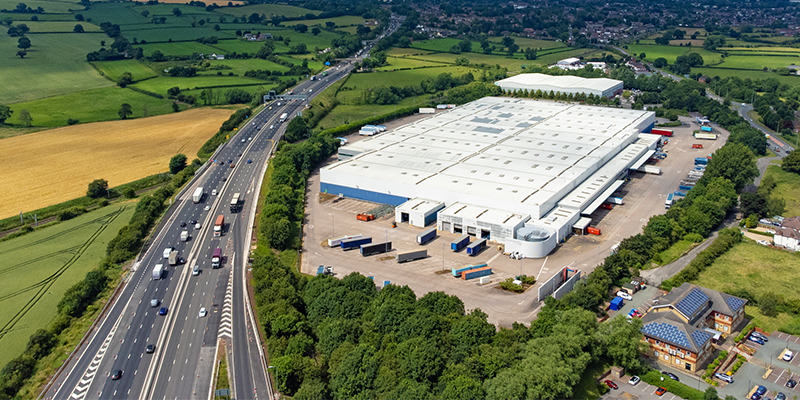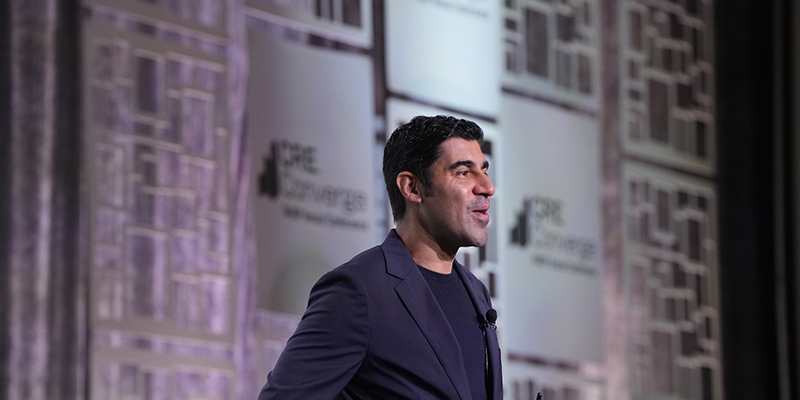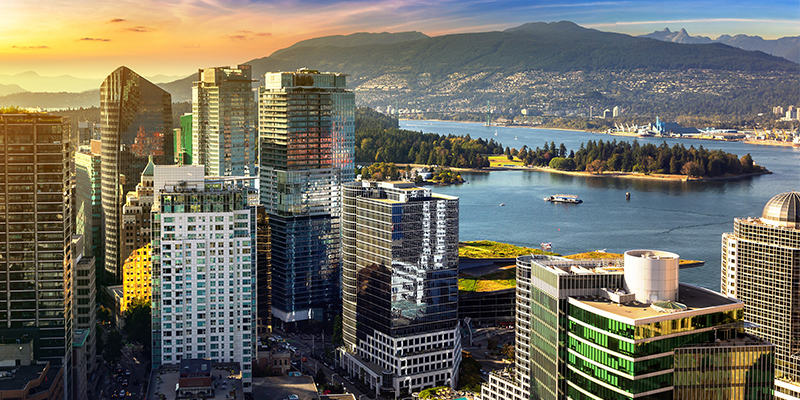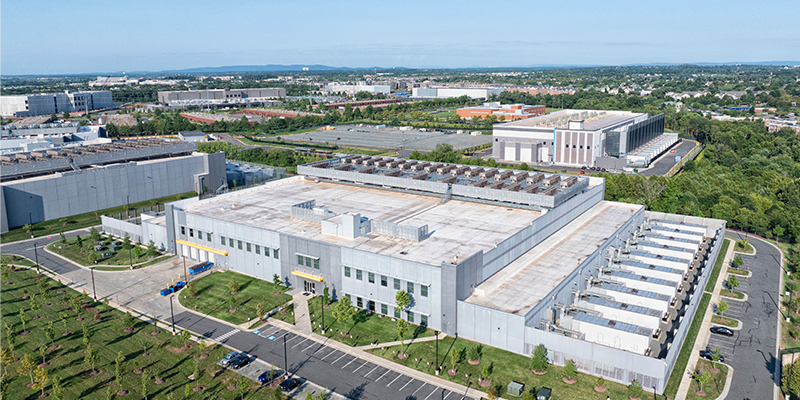Middle- and last-mile solutions are key for meeting the increasing needs and expectations of customers in urban areas expecting quick turnaround from the click of ordering products online to the knock on their door of final delivery. During a session at I.CON East, Rob Kossar, vice chairman and head of northeast industrial region at JLL; Frank Di Roma, principal at Ware Malcomb; Peter McEneaney, senior vice president at Thor Equities, LLC; and Brit Winterer, executive vice president and head of development at Link Logistics Real Estate discussed current trends in middle and last-mile urban logistics real estate. Their conversation touched on recent trends in the design of urban distribution buildings and how they have adapted projects to recent supply-chain disruptions.
Innovation in Building Design
Panelists observed that land constraints in urban markets like New York City and Vancouver, British Columbia, are leading developers to adopt innovative approaches to infill distribution centers. Although older 18- and 24-foot clear buildings continue to meet a substantial share of the demand for last-mile distribution, developers are increasingly turning to a variety of taller buildings that offer tenants greater throughput capacity.
Both New York City and Vancouver are home to some of the first multistory distribution center projects in North America. Di Roma noted that the way that architects and developers approach multistory buildings has evolved. North American freight trucks cannot navigate the circular ramps that are common in Asian multistory buildings, which are designed to accommodate smaller box trucks with lighter loads. Initial concepts for North American multistory buildings essentially stacked one traditional warehouse on top of another. The focus has since shifted to building lighter upper floors to reduce construction costs. Di Roma also noted that some developers are evaluating adding other uses to the first floor of a multistory building, such as ground-floor retail, flex office space or data centers. The panelists agreed that three to four acres is the minimum lot size for a multistory building, with larger lots allowing for greater economies of scale.
Some developers are also turning to vertical solutions for their projects’ parking needs. Last-mile distribution requires much more space for parking than is the case for traditional distribution space, owing to the large number of delivery vans that service last-mile buildings. According to panelists, the ratio of parking to distribution space for last-mile facilities often approaches or exceeds a 1:1 ratio. McEneaney shared that a project that Thor Equities is developing in the Red Hook neighborhood of Brooklyn will have structured parking on top of a 200-thousand-square foot warehouse to increase the project’s parking capacity without having to decrease the building’s floor area.
A more traditional approach to going vertical – higher clear heights for single-story buildings – is another way to increase a distribution center’s potential throughput. Di Roma observed that regional distribution centers have been trending toward higher clear heights with mezzanines and advanced racking systems. He also speculated that developers in the future might adapt this approach to multi-tenant buildings in urban areas. Instead of dividing a single building into multiple bays for different tenants, a developer could instead build a much taller building, install an automated storage and retrieval (ASRS) system, and rent space within the ASRS to different tenants.
Supply Chain Challenges and Opportunities
Kossar asked panelists how they have adapted their projects to ongoing supply chain disruptions. Winterer observed that although many material prices have stabilized, key components continue to experience substantial delays. Roof trusses have become particularly scarce, with lead times increasing from 12 weeks to 60 weeks. Developers focused on urban infill projects can plan around these delays since it takes much longer to obtain necessary entitlements in their markets, but developers in areas where entitlements are easy to obtain have seen the roof truss delays add several months to their project timelines. Thermoplastic polyolefin (TPO) roofing material deliveries have also been delayed due to the ice storm and resulting power crisis in Texas, which shut down TPO suppliers in February and created a significant backlog that they are still working through.
McEneaney shared that his team has adapted to supply chain disruptions by finding the right contractors, subcontractors and suppliers to increase the reliability of their supply chain. His team has also devoted additional time to construction planning to ensure that orders are placed and delivered on time. Di Roma noted that developers are increasingly using premanufactured components such as premanufactured joists and insulated metal panels to reduce construction costs.
Winterer observed that supply chain disruptions have also increased demand for industrial real estate. Although ecommerce remains a significant driver of new construction, reshoring and the shift from just-in-time to just-in-case logistics means that all types of end-users need more industrial space. “That’s one of the beauties of our business: the entire U.S. economy goes through our buildings.”
This post is brought to you by JLL, the social media and conference blog sponsor of NAIOP’s I.CON East 2021. Learn more about JLL at www.us.jll.com or www.jll.ca.









